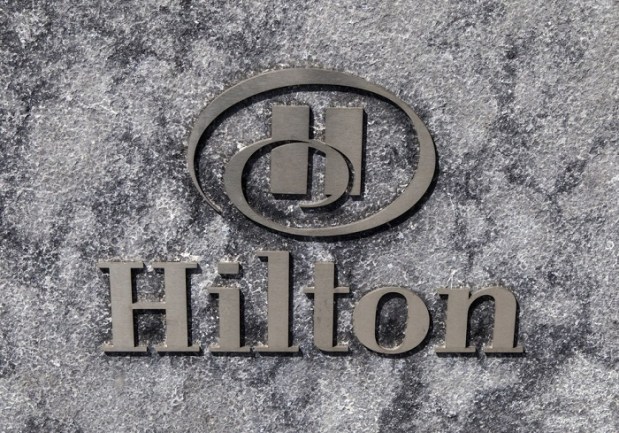Hilton’s Tru Brand Takes Aim At Midscale Millennial Hotels

It may have taken them longer than they would have liked to figure it out, but major hotel chains are finally waking up to a stark fact: Millennials don’t care about traditional hotels anymore. Especially when Airbnb and other consequences of the sharing economy give young travelers both price and location, often in millennial-appropriate chic packages, hotels are approaching the point where they need to change drastically or die.
For Hilton, the hope is that its newest midscale hotel brand gets it into the former category.
Announced Monday (Jan. 25) by Hilton CEO Christopher Nassetta, Tru by Hilton is the hotelier’s latest and greatest attempt to scratch and claw for each percentage point of millennial market share. Though the first midscale Tru location isn’t expected to house its first guests until late 2016, Nassetta told USA Today that if all the elements come together the way Hilton has planned, the new Tru brand could end up defining Hilton, like its first hotels did so many decades ago.
“I ultimately think this will be our biggest brand over time,” Nassetta said. “We have a very large swath of demand that indexes very young, and we’re not serving it. There’s an opportunity to build a new brand, if we do it right, that will drive huge demand.”
What makes Nassetta and Hilton so hot to trot for Tru? For one, the 102 already-signed properties and the other 30 in the process of regulatory approval are designed from the ground up for a millennial traveler’s preferences rather than the rooms their Baby Boomer parents used to frequent. Individual rooms have been shrunk down to just 231 or 275 square feet, a la Europe’s super-popular budget hotels. Gone, too, are enclosed closets and bathtubs in favor of open-air storage and walk-in showers. The basket into which Hilton is placing most of its eggs, though, is “The Hive” — a 2,770-square-foot lobby area, featuring a revamped check-in desk with real-time social media walls, single-serving alcoholic beverages, 24/7 make-your-own-breakfast bars and, of course, ping pong.
However, if Hilton is really going to strike it rich with its new Tru hotels, it’s unlikely that a new set of bells and whistles, alongside some fresh coats of paint, will dazzle skeptical millennials. No. While Tru’s redesign shows Hilton is taking millennials more seriously, Tru’s pricing structure — Bloomberg reported that rooms will go for under $100 per night — shows Hilton is ready to take their money, too.
“This midscale brand is going to fill a void in Hilton’s portfolio,” Michael Bellisario, an analyst at Robert W. Baird & Co., told Bloomberg. “The midscale segment is one of the largest segments, and it’s one that the major global brands have yet to really penetrate.”
Despite the grumblings of hotel executives perplexed at Airbnb’s sudden rise at their expense, it’s hard to think of anything but price as the final determining factor in most millennial (or non-millennial) travelers’ lodging decisions. However, a study from Priceonomics found that the traditional hotel industry can be anywhere from 21 to 49 percent more expensive than Airbnb apartments or rooms in the same areas. To compete at a lower price point, Hilton couldn’t simply put new signs and sheets on its most expensive properties and expect higher guest volumes to make up the difference.
“More than 40 percent of all U.S. hotel stays are within the midscale and economy sectors, and Tru by Hilton addresses a gap in the marketplace by appealing to the youthful mindset demographic, pushing the industry to marry quality and value,” Jim Holthouser, executive vice president of global brands at Hilton Worldwide, said in a statement. “We’re breaking through the clutter of undistinguished offerings to capture the hearts of today’s travelers and anticipating the needs of tomorrow’s guests, while delivering a hotel that’s a place travelers will want to go to rather than just through.”
It’s a lot of big talk from a brand that hasn’t necessarily shown the capacity to transform itself to this degree, but as long as Airbnb keeps stealing hotels’ lunch money, what more can Hilton do?
